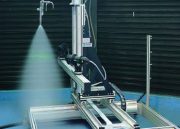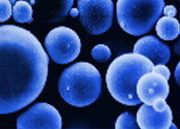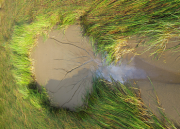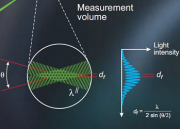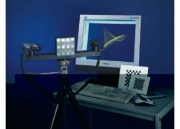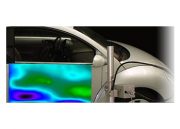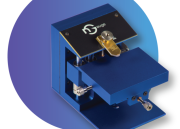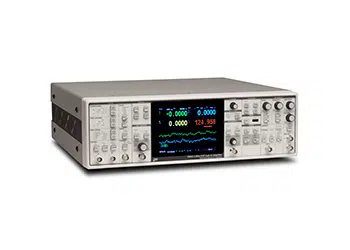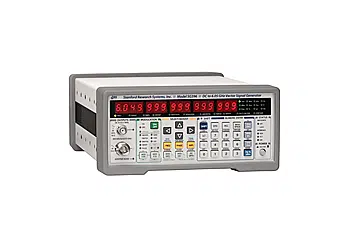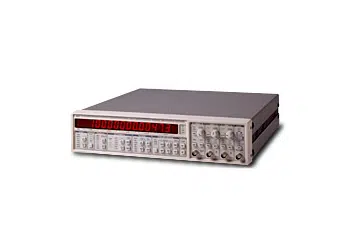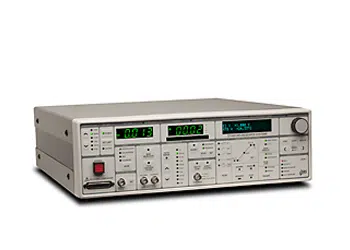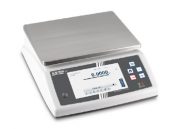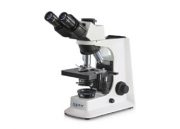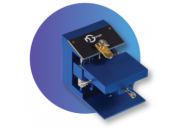Seedingparticles
Seeding Material
The choice of the right seeding material to scatter the light from laser beams or a light sheet can be crucial to the acquisition of successful experimental data. Numerous properties of the particle material have to be taken into consideration when selecting the appropriate seeding medium for a particular measurement task. Mean particle size is only one of the parameters. Others include specific gravity, particle shape, width of size distribution, surface characteristics and refractive index.
To satisfy seeding requirements for different flow applications a range of seeding materials and equipment are available from Prager Elektronik.
Infos / Datasheet
Polyamide seeding particles (PSP)
These are produced by polymerisation processes and therefore have a round but not exactly spherical shape. They are microporous and strongly recommended for water flow applications.
- Size (µm): 5, 20, 50
- Size distribution: 1 – 10 µm, 5 – 35 µm, 30 – 70 µm
- Particle shape: round
- Density: 1.03
- Meltingpoint: 175
- Refractive Ind.: 1.5

Hollow glass spheres (HGS)
Intended primarily for liquid flow applications, these are borosilicate glass particles with a spherical shape and a smooth surface.
- Size (µm): 10
- Size distribution: 2 – 20µm
- Particle shape: spherical
- Density: 1.1
- Meltingpoint: 740
- Refractive Ind.: 1.52

Silver-coated hollow glass spheres (S-HGS)
Intended primarily for liquid flow applications, these are borosilicate glass particles with a spherical shape and a smooth surface. A thin silver coating further increases reflectivity.
- Size (µm): 10
- Size distribution: 2 – 20µm
- Particle shape: spherical
- Density: 1.1
- Meltingpoint: 740
- Refractive Ind.: 1.52

Fluorescent polymer particles (FPP)
These particles are based on melamine resin. Fluorescent dye (Rhodamine B:) is homogeneously distributed over the entire particle volume. In applications with a high background light level, fluorescent seeding particles can significantly improve the quality of vector maps from PIV and LDA measurements.
- Size (µm): 10, 30, 75
- Size distribution: 1 – 20 µm, 20 – 40 µm, 50 – 100 µm
- Particle shape: spherical
- Density: 1.5
- Meltingpoint: 250
- Refractive Ind.: 1.68

Sie sehen gerade einen Platzhalterinhalt von Google Maps. Um auf den eigentlichen Inhalt zuzugreifen, klicken Sie auf die Schaltfläche unten. Bitte beachten Sie, dass dabei Daten an Drittanbieter weitergegeben werden.
Mehr Informationen


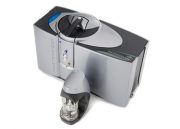

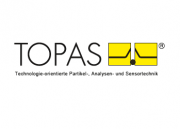
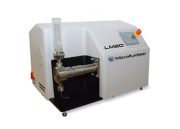
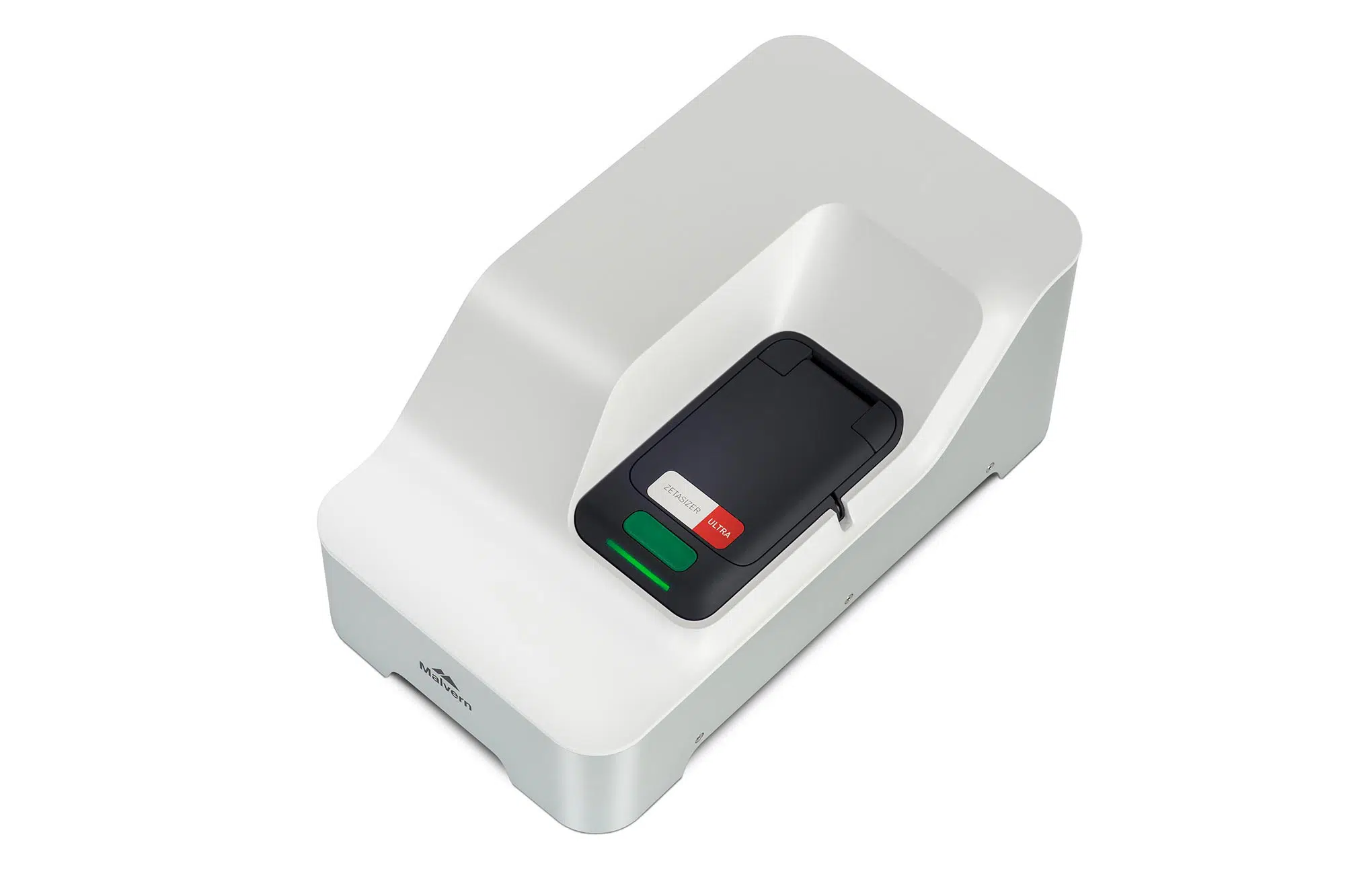
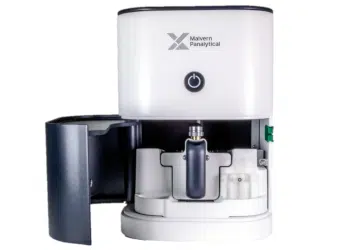



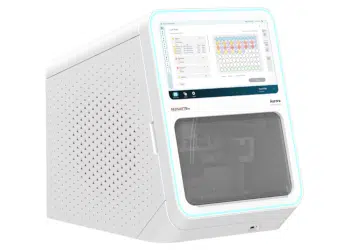
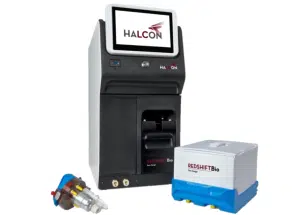
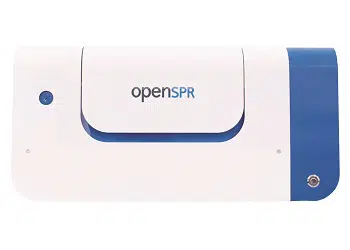
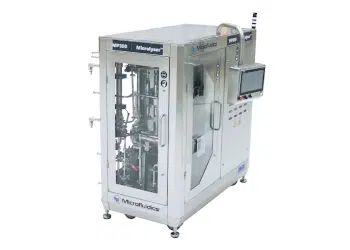
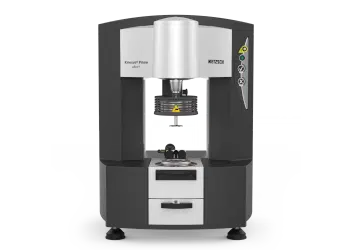
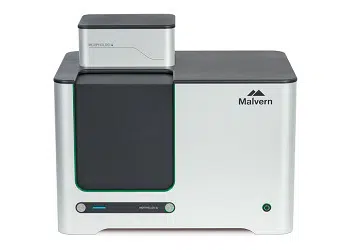
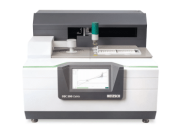






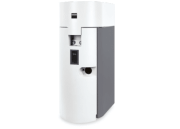


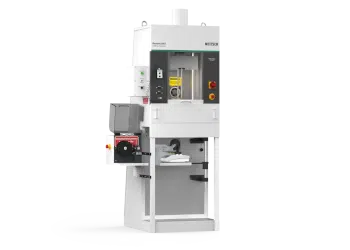
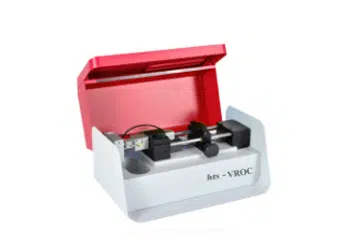
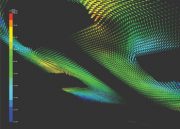

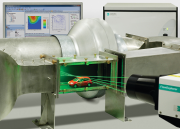
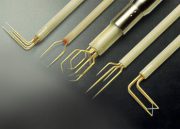
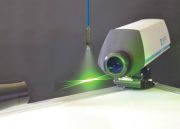
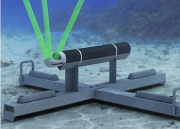
![[:de]kategorie_stroemung_staudruck[:en]kategorie_stroemung_staudruck2[:] [:de]kategorie_stroemung_staudruck[:en]kategorie_stroemung_staudruck2[:]](https://www.prager-elektronik.at/wp-content/uploads/2018/01/kategorie_stroemung_staudruck2-180x129.png)
